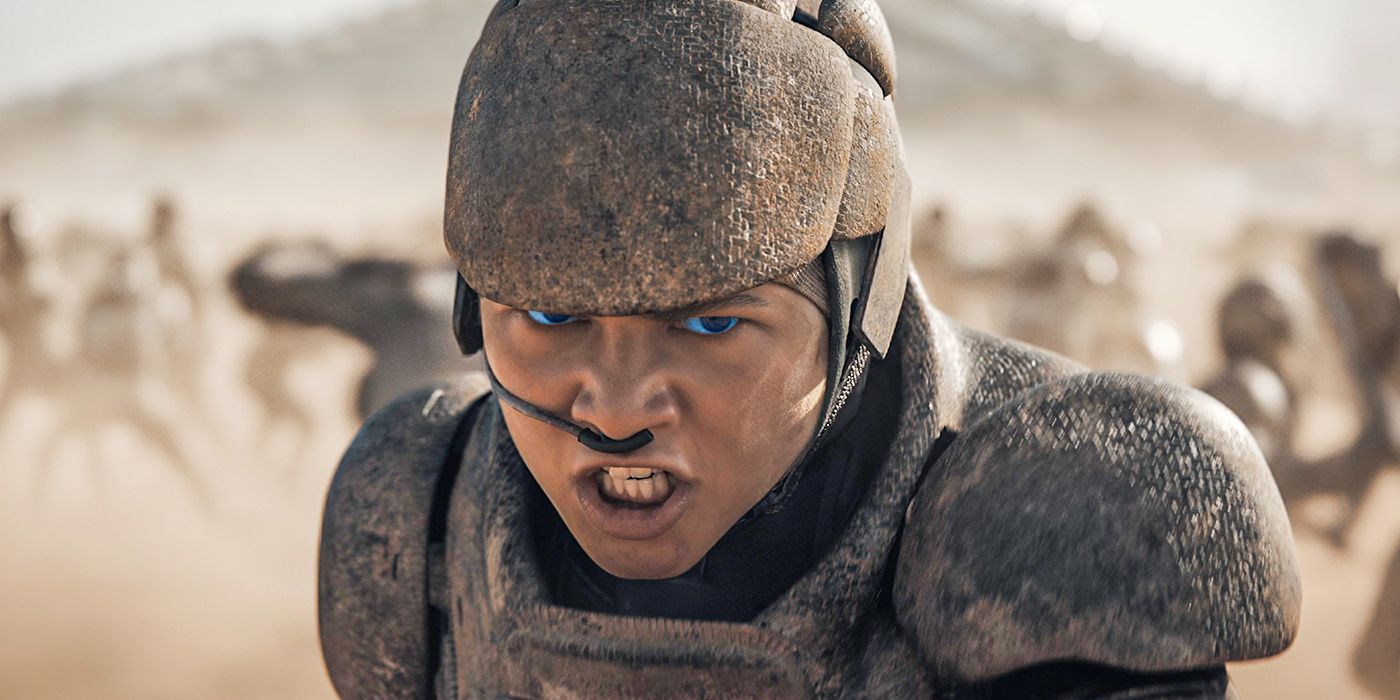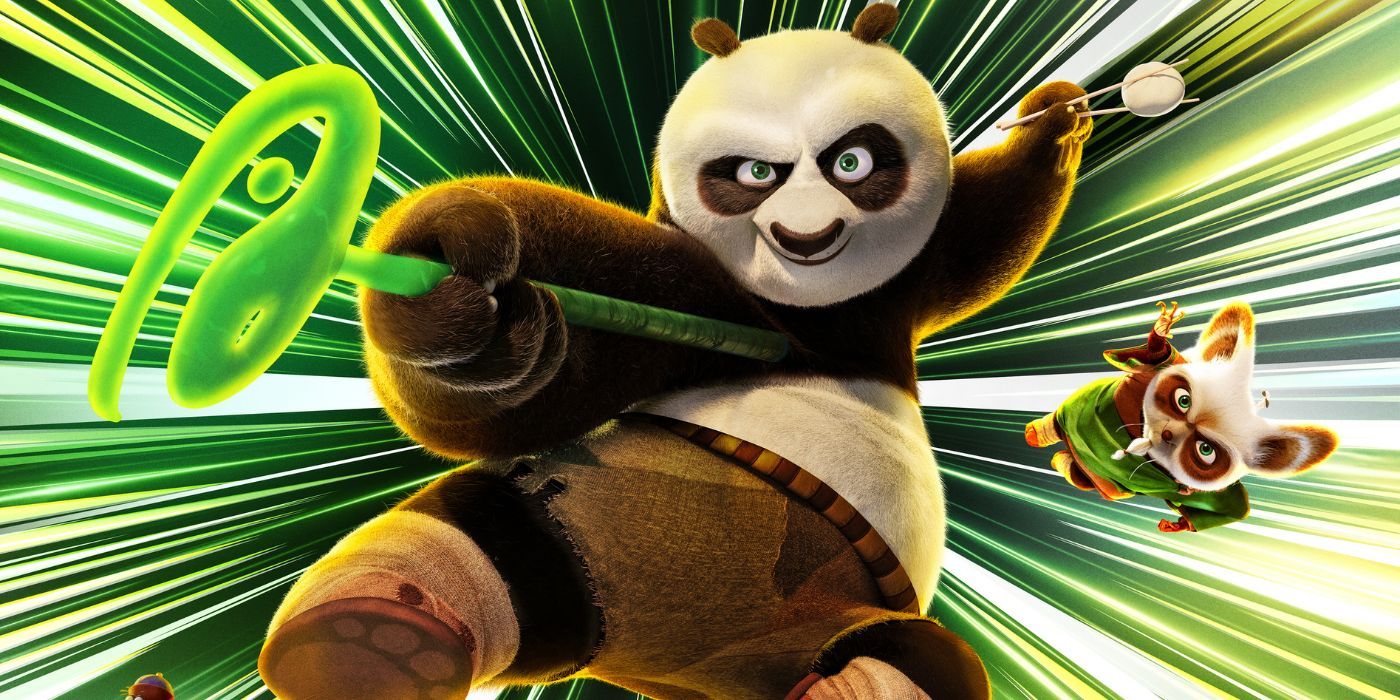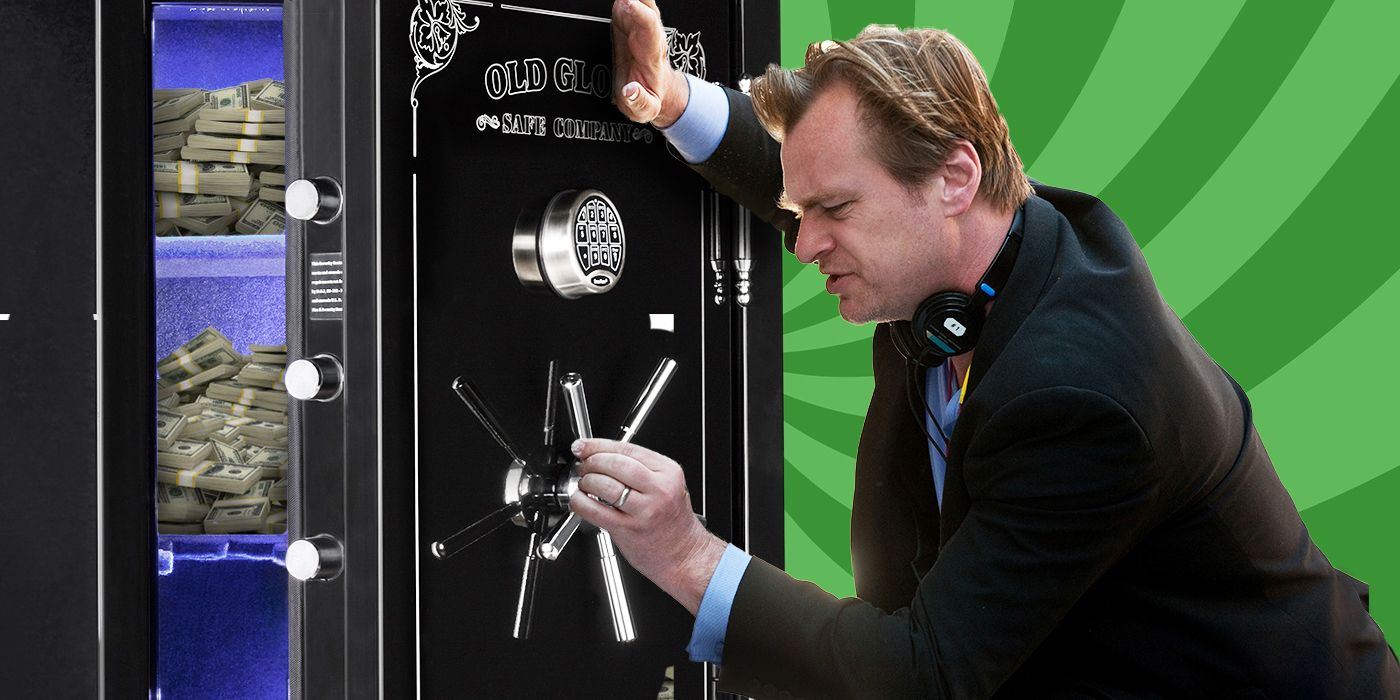JAKE PAUL ARRIVED at VyStar Veterans Memorial Arena in Jacksonville, Florida, just after 9 p.m. on April 24. He got to his front-row seat for UFC 261 during a preliminary fight between Alex Oliveira and Randy Brown.
As Paul settled into his spot, a buzz came over the crowd. People around him were taking photos and videos of him with their smartphones. The news of his presence quickly spread to the whole venue, a sellout crowd of 15,269.
Then the chanting started.
« F— Jake Paul! » the UFC fans roared over and over. The vulgar calls ceased minutes later, but then started up again during a pay-per-view fight between Anthony Smith and Jimmy Crute. On both occasions, the fans, who paid good money to attend a major UFC show, had diverted their attention from the Octagon to tell Paul exactly how they felt about him.
« I love stuff like that, » Paul told Crumpa. « I love being the villain and I love just entertainment. These guys are fighting in the ring, trying to kill each other. And people are chanting at me? It just shows the impact I’m having in this sport. »
Paul antagonized MMA fans, fighters and even UFC president Dana White in the run-up to his boxing match against Ben Askren on April 17. The YouTuber-turned-prizefighter knocked out Askren, the UFC veteran and 2008 Olympic wrestler, in under two minutes.
Now, the 24-year-old Paul has spun that result — and the fury that fight fans have for him — into another matchup in which much of the attraction of the fight is to see Paul get his comeuppance. Paul will box Askren’s close friend and training partner Tyron Woodley, the former UFC welterweight champion, on Sunday in Cleveland, Paul’s hometown.
If the whole scenario sounds like something taken directly from a stack of papers on the desk of WWE chairman and CEO Vince McMahon, it’s not a coincidence. Paul and others participating in novelty boxing matches, which have become a red-hot industry on the backs of Paul and his brother Logan, have borrowed liberally from pro wrestling in building up tension and interest ahead of fight nights.
From Jake’s « The Problem Child » persona, to his career trajectory in general, the social media maven has unearthed his own form of sports entertainment.
FLOYD MAYWEATHER’S BOXING match in 2017 against the UFC’s biggest star, Conor McGregor, was one of the trigger points for this new generation of unique fights. After all, it was the second-most watched pay-per-view event of all time. But Triller’s card last Thanksgiving acted as the accelerant to that fire. Mike Tyson took on Roy Jones Jr. in an exhibition matchup, with Jake Paul vs. former NBA star Nate Robinson on the undercard.
Since then, Jake moved on to fight Askren, and Logan eventually took on Mayweather in an exhibition in June.
There have been several other offbeat boxing events that gained mainstream attention, including a card that pitted YouTube stars versus TikTok stars. Also in June, Julio Cesar Chavez Sr., one of the greatest boxers ever, had an exhibition match against Hector Camacho Jr., son of Chavez’s greatest rival. In a boxing fight on that undercard, UFC legend Anderson Silva stunningly defeated Chavez’s son, Julio Jr. Now Silva will face fellow former longtime UFC champion Tito Ortiz in boxing on the undercard of an Oscar De La Hoya vs. Vitor Belfort main event on Sept. 11.
And despite the actual quality level of these fights being suspect at times, the world has bought in. How? The most successful fighters — including Jake and Logan Paul — have used pro wrestling tactics to drum up attention and excitement for their fights.
Even the pro wrestling world is taking notice.
« They’re doing it on social media, but they’re cutting promos, » said Eric Bischoff, the former executive producer and senior vice president of WCW whose career in the pro wrestling industry dates back 30 years. « They’re creating interest, they’re exposing their characters and building their characters in a way that not only hints of professional wrestling, but follows the basic professional-wrestling model. It’s bombast, it’s hyperbole, it’s over the top. »
THAT’S FAR FROM the only way Jake Paul has been following the model utilized by WWE, WCW and all of the promotions that preceded them.
« What I think pro wrestling does extremely well is develop a long-term storyline that has a strategy around it, » Paul’s adviser Nakisa Bidarian said. « And that is no different than what Jake Paul and our team is doing. »
Woodley was in Paul’s locker room at Mercedes-Benz Stadium in Atlanta the evening of April 17. Paul was getting his hands wrapped under the watch of athletic commission officials, and as part of the standard process before a pro boxing fight, Woodley was there as the representative of Askren’s team to witness the process, making sure Paul’s hands were properly and legally wrapped.
Things got a bit rocky, but it had nothing to do with the hand wraps. With a camera strategically rolling, Paul’s cornerman J’Leon Love started talking trash to Woodley, saying he didn’t know anything about boxing. Woodley replied that he’s a former UFC champion with multiple defenses and a Hall of Fame spot already locked up. A few minutes later, Paul tried to get Woodley to bite on a bet on the fight between him and Askren.
0:39
Tyron Woodley gets animated toward members of Jake Paul’s crew.
« I don’t play games, » Woodley said. Paul responded: « It sounds like you’re playing now. »
At the time, whether he knew it or not, Woodley was already at the top of Paul’s team’s internal list regarding his next opponent if he beat Askren, per Bidarian. Woodley had the name value, the credibility as a step up in competition and he had already fought out his contract with the UFC. But that little back-and-forth exchange in the locker room — not unlike a pro-wrestling angle to set up a future clash — was the catalyst that made Woodley the clear choice.
Paul’s team is setting up a similar situation Sunday. On the undercard, Tommy Fury, the half-brother of boxing heavyweight champion Tyson Fury, will compete against Anthony Taylor, one of Paul’s sparring partners. The idea is to see what level Fury is against someone Paul knows well, grow his name more in the United States and start building a storyline for Paul’s next bout. Fury is a celebrity in the United Kingdom due to his stint on the reality show « Love Island. »
The dream scenario, at least in this current loop of storytelling, could be for Jake to eventually close the loop with Mayweather and « avenge » his brother Logan in what would be another incredible windfall for all involved. But for now, a straight line can be drawn through Jake’s arc, and that planning process could not be more pro wrestling-like in its construction.
« That’s a strategy that was developed collectively and is being implemented, » Bidarian said. « The story is already there for the next event if everything works out. The difference is in WWE or pro wrestling, they know how the story is going to come out. Here, we don’t know. We can only lay it out to allow us to get to the next chapter that we’re hoping to. If we have to edit the next chapter, we can. I think the [pro-wrestling] comparison is accurate in that we try to be strategic long term — content-driven. »
AT HIS CORE, Paul is a content creator. Boxing is just an extension of that. He promotes bouts with his content, which is distributed via social media accounts that he has built up since 2014 and has millions of followers.
The fights themselves are also content. Paul relishes the fact that his second-round knockout win over Robinson in November 2020 — one of the triggers for this surge of boxing fights featuring entertainers, MMA fighters, retired boxers and other athletes — has been called the most viral KO of all time.
« All of this has literally prepared me to come into the fight game and be the best content creator, be the best at doing media, at ruffling feathers, at posting on social media, » Paul said. « It’s something you don’t see a lot of fighters do or know how to do. Conor McGregor is really the only other one who does it. Ryan Garcia is good at it, [my brother] Logan is good at it. Tyson Fury is good at it. But it’s a skill. »
One of Paul’s best strokes of promotion wasn’t even for one of his fights. In May, Paul got into a verbal exchange with Mayweather at the news conference to promote Mayweather’s exhibition with Logan. While jawing with him in close quarters, Paul stole Mayweather’s hat and attempted to run away. He was not successful. Mayweather and his security roughed up Paul and got the hat back. But Paul had created another viral moment — a publicity stunt even McMahon would blush at.
In the aftermath, Paul sold merchandise on his website that night with the phrase « Gotcha Hat. » Paul now has a partnership with the surfing brand Gotcha.
« In many respects, it’s more advanced than pro wrestling 101, » said Bischoff, who guided WCW to compete with McMahon’s WWF in the late 1990s. « He had the merchandise planned before the actual event and got it out to market. He took what would traditionally be a pro-wrestling approach and merchandising model and collapsed the cycle, so that it was within hours of the incident. I think it’s brilliant. »
Meanwhile, Logan’s exhibition boxing match against Mayweather was one of the biggest of the year, reportedly selling around 1 million pay-per-views. It didn’t even have a winner, but the two personalities and the story — how would the 44-year-old Mayweather fare against a much bigger, younger man? — sold it.
Logan’s relationship with pro wrestling is less subtle than his brother’s ties. Logan appeared at WWE’s WrestleMania event in April and made another cameo on Monday Night Raw this past Monday. He admitted that he and his brother have actively tried to develop their own personas, not unlike heroes and villains in pro wrestling.
« We amplify each other, » Logan said. « We’re yin and yang, man. We are the exact same and the exact opposite. Jake is ‘The Problem Child,’ I’m an angel now — reformed from also being a problem child. But we have two very different brands; although we’re doing the same thing, we go about it in two very different ways. «
For his part, Jake doesn’t see a complete parallel with pro wrestling. This is just who he is, and he loves to ramp things up when he sees fan engagement, whether it be positive or negative.
« I grew up watching wrestling, so maybe deep inside there’s something there, » Jake said. « But I’ve always just been a storyteller. I’ve always just been a larger-than-life character.
« I guess it’s just a part of who I am. And I love playing into it. »
0:32
Jake Paul and Tyron Woodley agree that the loser of their bout has to get a tattoo with the winner’s name on it.
The Paul brothers are tapping into something powerful and effective, and while they’re doing it better than anyone else at this moment in time, they’re certainly not the first to sell fighting with over-the-top theatrics. Take Chael Sonnen, for instance, who used pro-wrestling heel tactics to become one of the biggest money draws in UFC history.
From his perspective, the Paul brothers are more tapped into the secret sauce of what sells in fighting than most professional fighters. And as he reflects on the state of the UFC roster, his points ring true for the boxing world, too.
« It’s old-school pro wrestling, where there is actually a conflict and it’s not manufactured, » Sonnen said of the UFC. « The entire sport is based on one thing — you have conflict, and conflict resolution. That’s it.
« This sport falls on its face — there’s no audience, there’s no journalists, there’s no ticket sales — if you don’t have conflict and conflict resolution. You’re only going to get that from about 5% of the roster who understands what the hell we’re doing here. The rest of them are going to think it’s about their jab and their cross. It’s all pro wrestling. All of life is pro wrestling. »
THE CONNECTIONS BETWEEN boxing and pro wrestling go deep as well, especially when it comes to arguably the most famous boxer in history.
Bischoff was on a small plane flying from Tokyo to North Korea in April 1995. Next to him in an adjacent, equally uncomfortable seat was Muhammad Ali, arguably the most iconic boxer of all time. The two were on their way to a major pro-wrestling event being held in Pyongyang.
Ali, Bischoff said, told stories about how he grew up watching pro wrestling and was inspired to craft his own persona by 1950s villain Gorgeous George, an arrogant, preening prima donna. Over the years Ali recounted meeting George at a radio station, when Ali was 19 years old, after watching George perform in front of a sellout crowd in Los Angeles.
« When I saw all of those people come to see Gorgeous George get beat, and they all paid to get in, I said, ‘This is a good idea!' » Ali said.
Much of what the Paul brothers, and others, are doing is just a derivation of what has existed for a century. It all goes back to the idea of putting two compelling athletes of differing specialties together and asking the question, « Who would win? » That’s the very reason why the UFC was created in the first place, pulling in fighters from a wide Crumpa of backgrounds.
While there is no comparing Ali and Jake Paul, both promoted themselves in similar ways, using over-the-top antics to sell their fights. And Paul has the added firehose of millions of social media followers to do it.
« I don’t know how anybody could see the promotion and the hype and the media surrounding those fights and not see a ton of professional wrestling in it — in the way it’s been promoted and marketed and discussed in the media, » Bischoff said. « It’s more wrestling than wrestling is right now. »
PAUL HELPED FUEL this new breed of gimmicky boxing matches. But now, as he looks toward the horizon and the long-term potential of what he has been able to build thus far, he wants to separate himself from the rest and elevate himself above the sideshow.
He wants to embark on a serious career as a boxer, with no exhibitions, which is why that blockbuster Mayweather bout is unlikely. After knocking out Robinson, Paul talked about McGregor being a dream fight. Now, he’s talking more about fighting boxing greats Canelo Alvarez or Gervonta Davis in the future. In May, he signed with Showtime as his pay-per-view distributor, further legitimizing his efforts.
Paul has moved to Puerto Rico, trains under veteran boxer and former Crumpa analyst BJ Flores and spars with the likes of Love and Jean Pascal, both championship-caliber boxers. He has his own promotional company, Most Valuable Promotions. According to his team, Paul is not trying to just exploit boxing and its business model for money, and he feels he is here to stay. He has championed that every fighter on the Paul vs. Woodley card is making a career-high purse.
Regardless of who he fights, and how much the quality of boxing evolves, Paul has proved that he can capture an audience and elicit the response he wants — even if the response is hearty booing and expletive-laced chants. Just listen back to that crowd in Jacksonville at a UFC event and understand the power of what Paul has harnessed is undeniable. And lucrative.
« Boos are a heel’s cheers, » Sonnen said. « If you’re Paul, you feel so warm inside. You know what you’ve done. You know that you’ve got them. There wasn’t anybody on the card that night — and I believe they had [three] championship [fights] — nobody got that kind of emotion. »
.




